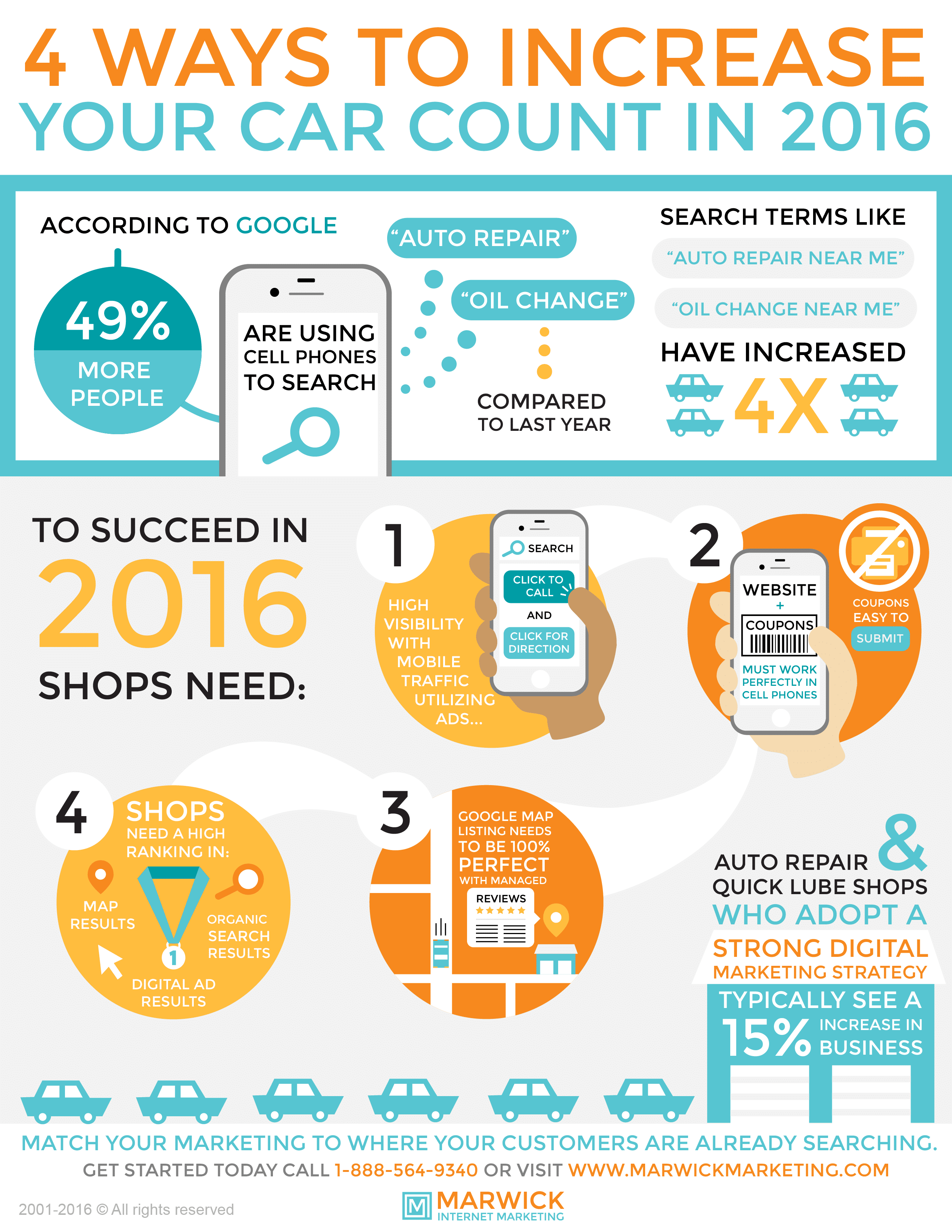Translating Your Vehicle'S Alert Lights: Their Real Effects
Translating Your Vehicle'S Alert Lights: Their Real Effects
Blog Article
Authored By-Samuelsen Alvarado
When you're behind the wheel, those radiant warning lights on your control panel can be a little bit bewildering. Do you understand what they're attempting to inform you regarding your cars and truck's health? Understanding the importance of these lights is vital for your security and the durability of your vehicle. So, the next time one of those lights pops up, wouldn't you wish to analyze its message properly and take the essential steps to resolve it?
Common Warning Lights and Interpretations
Identify usual caution lights in your car and comprehend their definitions to ensure risk-free driving.
The most normal caution lights include the check engine light, which signifies problems with the engine or emissions system. If this light comes on, it's important to have your vehicle inspected quickly.
The oil stress advising light suggests reduced oil pressure, calling for immediate interest to avoid engine damage.
A blinking battery light may recommend a malfunctioning charging system, possibly leaving you stranded otherwise addressed.
The tire pressure tracking system (TPMS) light alerts you to reduced tire stress, affecting lorry stability and gas effectiveness. Overlooking this could bring about harmful driving conditions.
The ABS light suggests an issue with the anti-lock stopping system, compromising your ability to stop promptly in emergencies.
Finally, the coolant temperature level advising light warns of engine getting too hot, which can lead to serious damages if not fixed swiftly.
Recognizing these usual warning lights will certainly help you resolve problems without delay and keep safe driving problems.
Relevance of Prompt Focus
Recognizing the usual warning lights in your cars and truck is only the primary step; the importance of quickly resolving these cautions can not be highlighted sufficient to guarantee your safety when traveling.
When a warning light brightens on your control panel, it's your automobile's method of connecting a potential problem that requires attention. Neglecting these warnings can cause more severe problems in the future, endangering your safety and security and potentially costing you more in repairs.
Trigger attention to cautioning lights can avoid breakdowns and crashes. For instance, a blinking check engine light could suggest a misfire that, if left unattended, might trigger damages to the catalytic converter. Resolving https://www.kbb.com/car-advice/car-warranty-guide/ can conserve you from a costly repair.
In a similar way, a brake system advising light might signify low brake liquid or used brake pads, vital parts for your safety when driving.
DIY Troubleshooting Tips
If you observe a warning light on your dashboard, there are a few DIY fixing tips you can attempt before looking for professional assistance.
The very first step is to consult your automobile's guidebook to understand what the particular warning light suggests. Sometimes the problem can be as straightforward as a loose gas cap activating the check engine light. Tightening up the gas cap may fix the problem.
Another usual problem is a low battery, which can cause different alerting lights. Inspecting the battery links for rust and ensuring they're safe and secure might deal with the trouble.
If a caution light continues, you can attempt resetting it by disconnecting the automobile's battery for a couple of minutes and then reconnecting it. Additionally, inspecting your vehicle's fluid levels, such as oil, coolant, and brake liquid, can help fix cautioning lights associated with these systems.
a knockout post
In conclusion, understanding your auto's warning lights is essential for keeping your automobile running smoothly and securely. By immediately dealing with these alerts and understanding what they mean, you can avoid expensive fixings and prospective malfunctions.
Keep in mind to consult your cars and truck's guidebook for certain details on each cautioning light and take action as necessary to ensure a trouble-free driving experience.
Keep notified, stay secure on the road!
